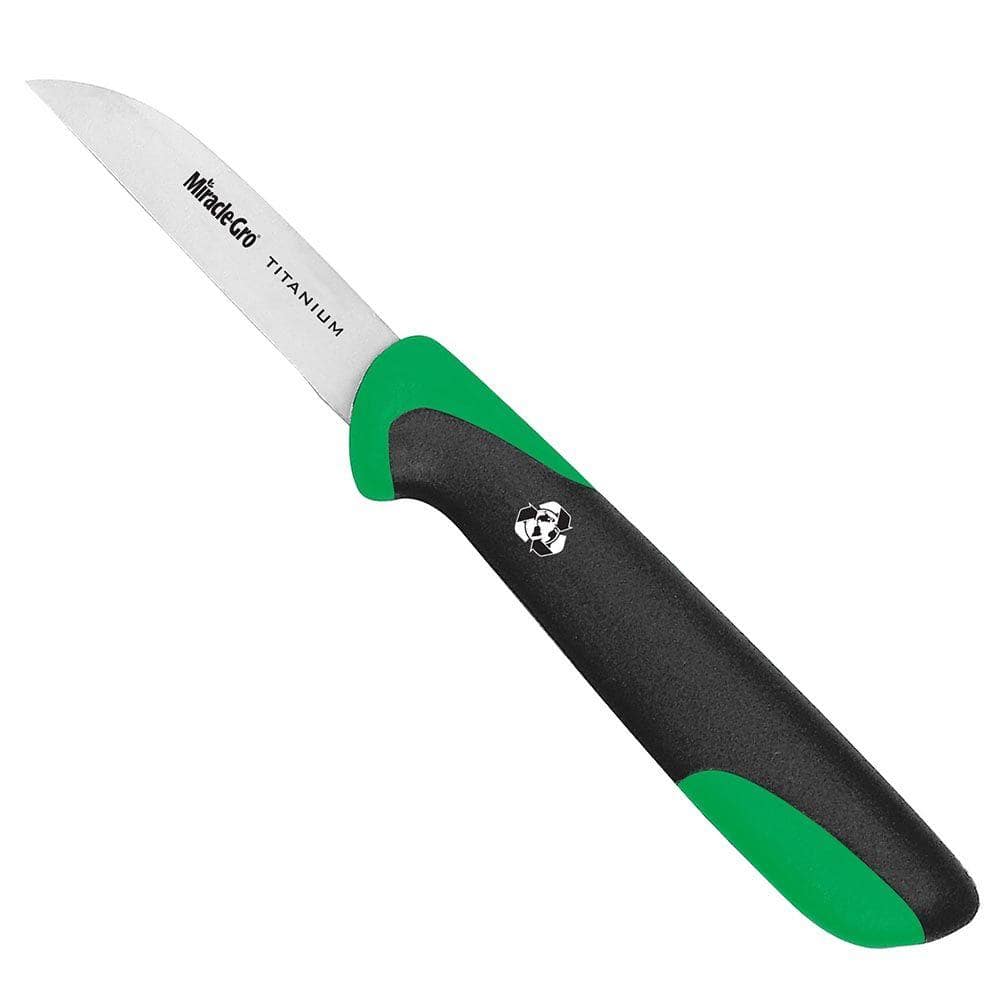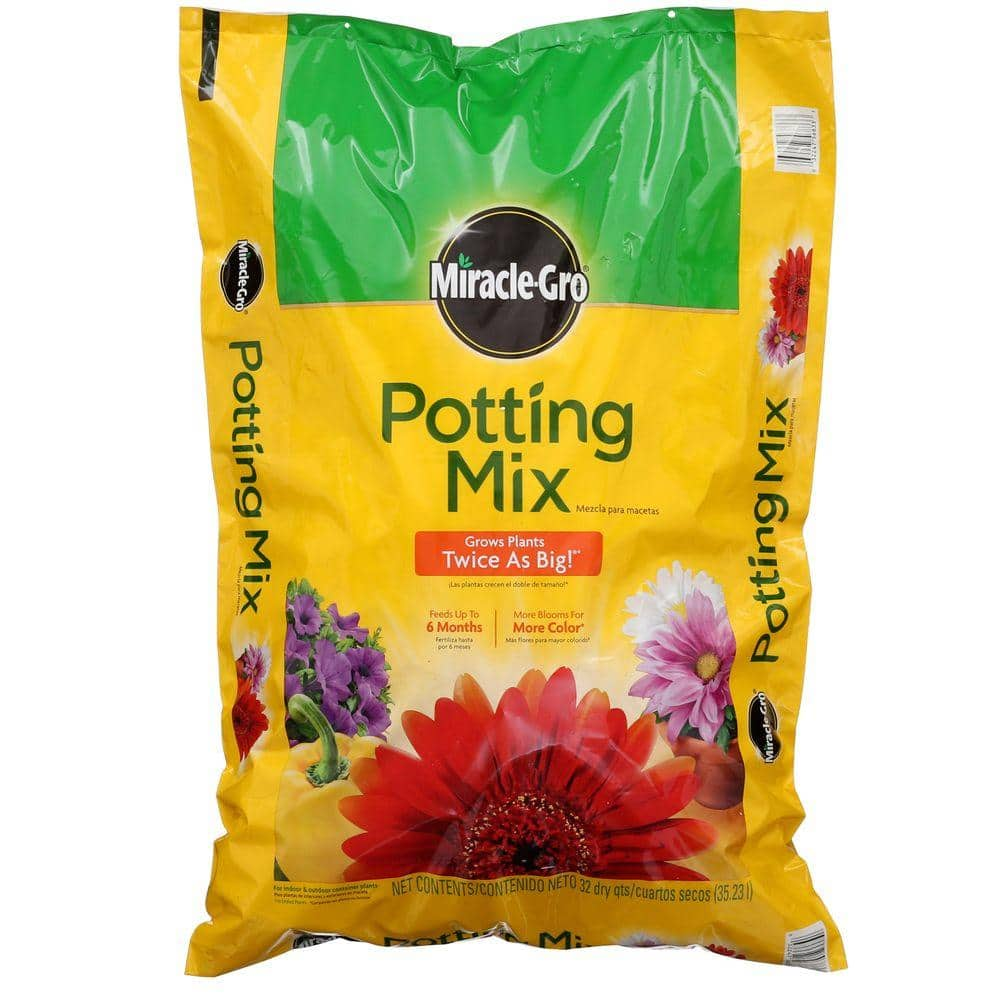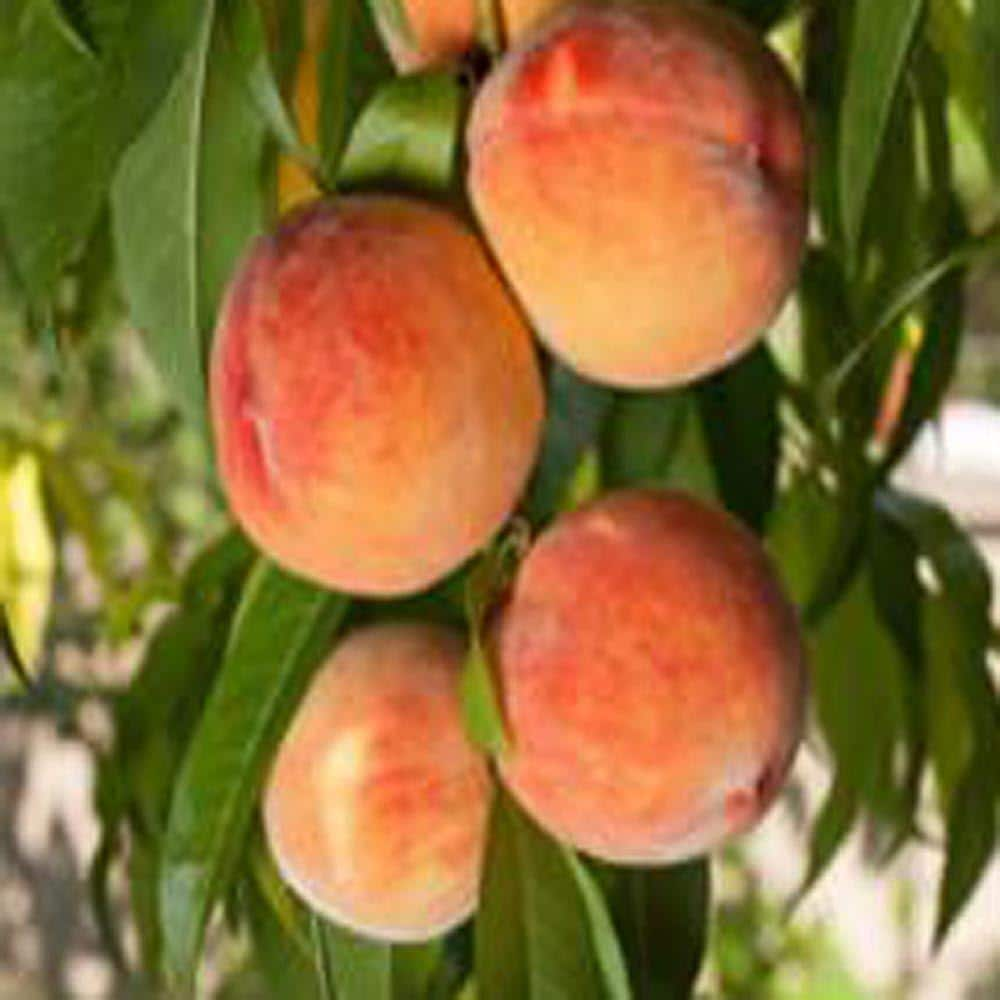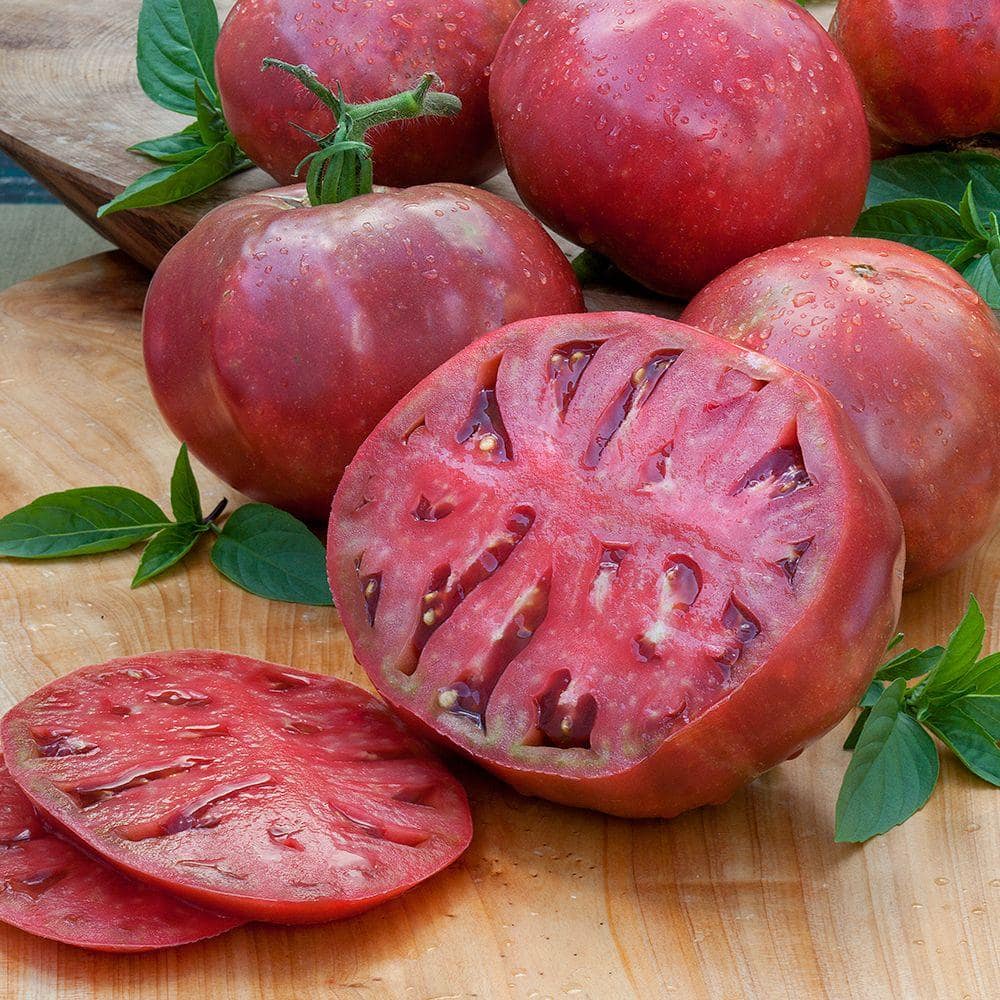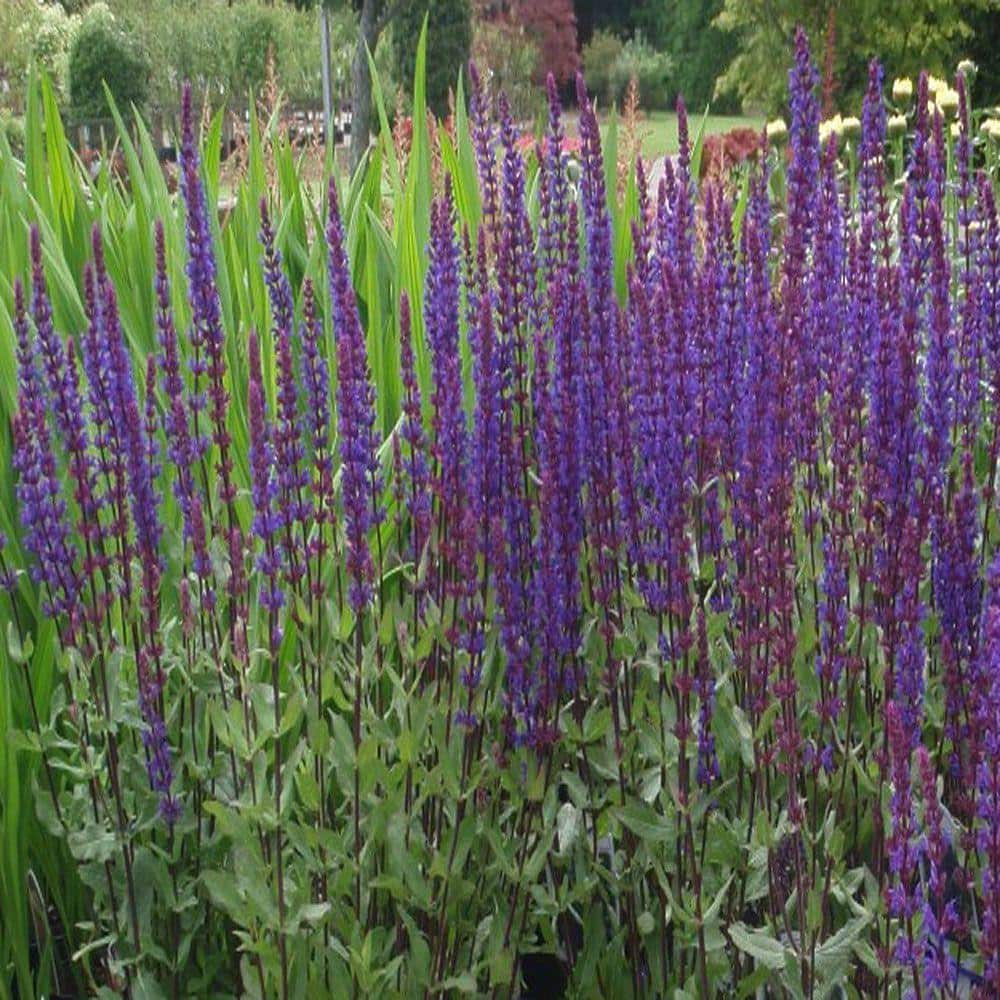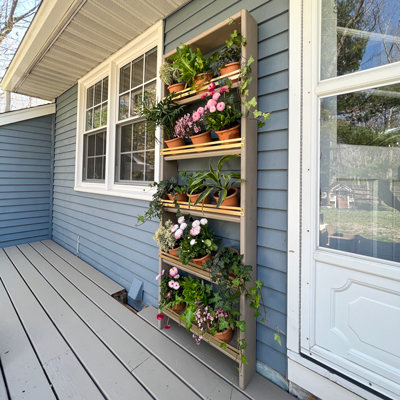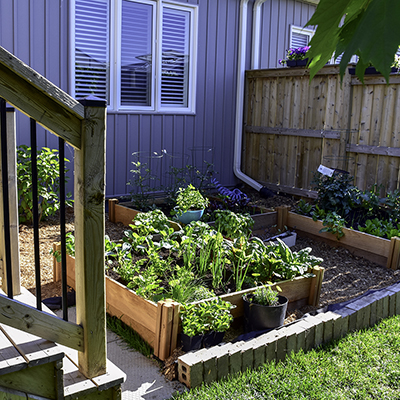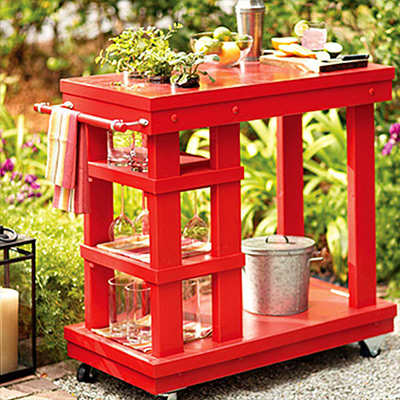Grow Lavender in Your Herb Garden
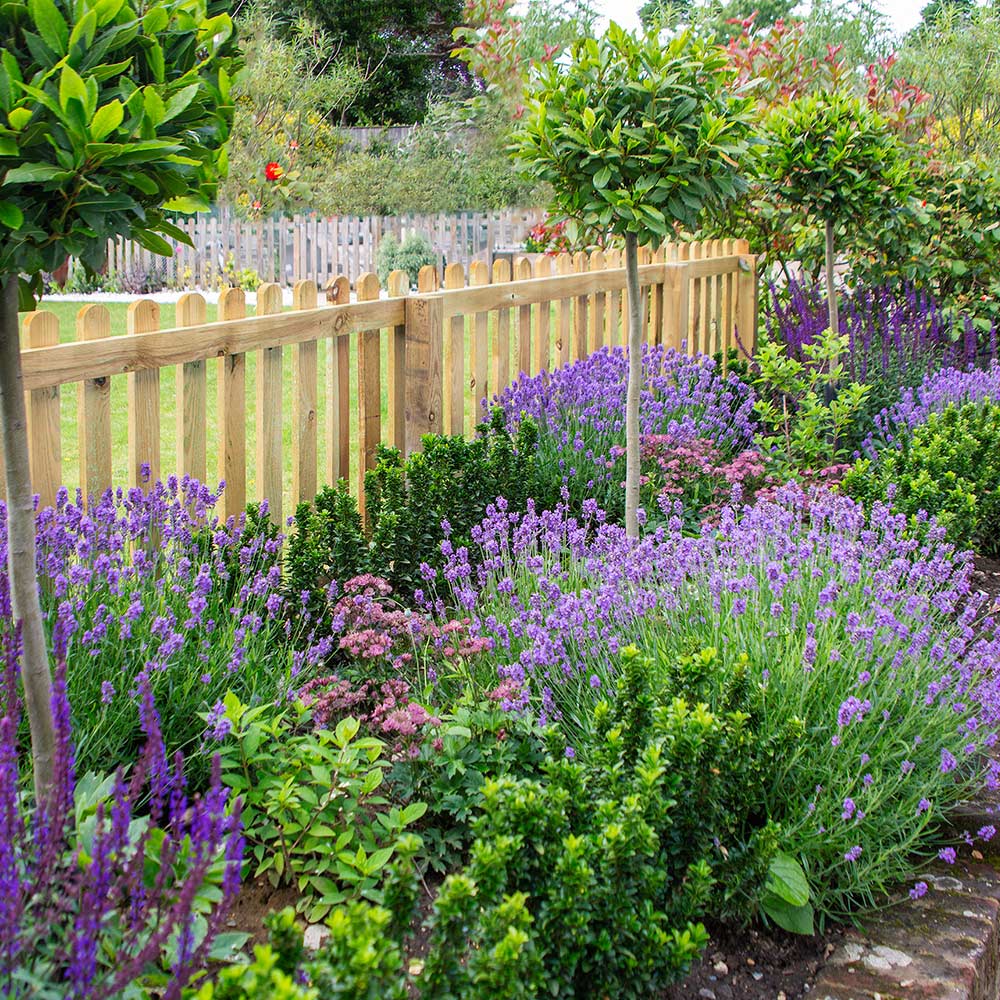
Last updated September 7, 2023
Lavender is an irresistibly fragrant plant. It's the perfect, attractive woody perennial for your garden. The gray-green foliage releases a perfume when you brush against it. It's finely cut and lovely to look at. The purple blooms offer color throughout the summer.
As a garden plant, it serves as contrast in herb or rock gardens. In containers, it provides a long-lasting display. It is a tough plant and is drought-tolerant. It thrives in heat and is deer-resistant, too. If you're ready to grow some lavender, check out this guide for tips and tricks.
Table of Contents
Beauty and Culinary Uses for Lavender
How to Grow Lavender
How to Harvest Lavender
Beauty and Culinary Uses for Lavender

Do you need more reasons to love lavender? The purple blooms can be cut and used in bouquets. They can be dried and tucked into sachets. You can even add fragrance to beauty concoctions like sugar scrubs.
As a culinary herb, it can be mixed with salt. It offers a gourmet finish for fish or chicken. Combined with sugar, it will take your favorite shortbread to the next level. Add it to pound cake for a sweet treat. It’s the perfect herbal companion to a fancy tea.
Lavender is native to the Mediterranean. So it thrives in arid climates like Texas and New Mexico. Lavender can be winter hardy to USDA Zone 5. It's good to check plant tags for the variety that will grow best in your area.
Look for varieties like Ellagance, Phenomenal and Spanish Eyes Fernleaf. Ellagance is perennial in zones 5 to 7 and grows about 12 to 18 inches tall. Phenomenal and Spanish Eyes Fernleaf are good choices for humid climates. Spanish Eyes is a popular choice for containers. Just be sure to provide good air circulation around the plants. Add plenty of organic compost to the potting mix to improve drainage.
Two more varieties to consider are Provence and Grosso. Provence variety is popular for drying. Grosso is highly disease-resistant and fragrant. It's a perfect choice for gifting to someone who loves flowers.
A great cooking adventure with lavender is making a simple salt. Grind a pinch of dried organic lavender buds. Add about 1/4 cup of coarse kosher salt in a spice grinder or food processor. Stir it up and store in a glass jar with a tight-fitting lid.
Try this lavender salt sprinkled on chocolate. Or add it in savory dishes with chicken, beef or lamb. Lavender and lemon is a classic pairing.
How to Grow Lavender
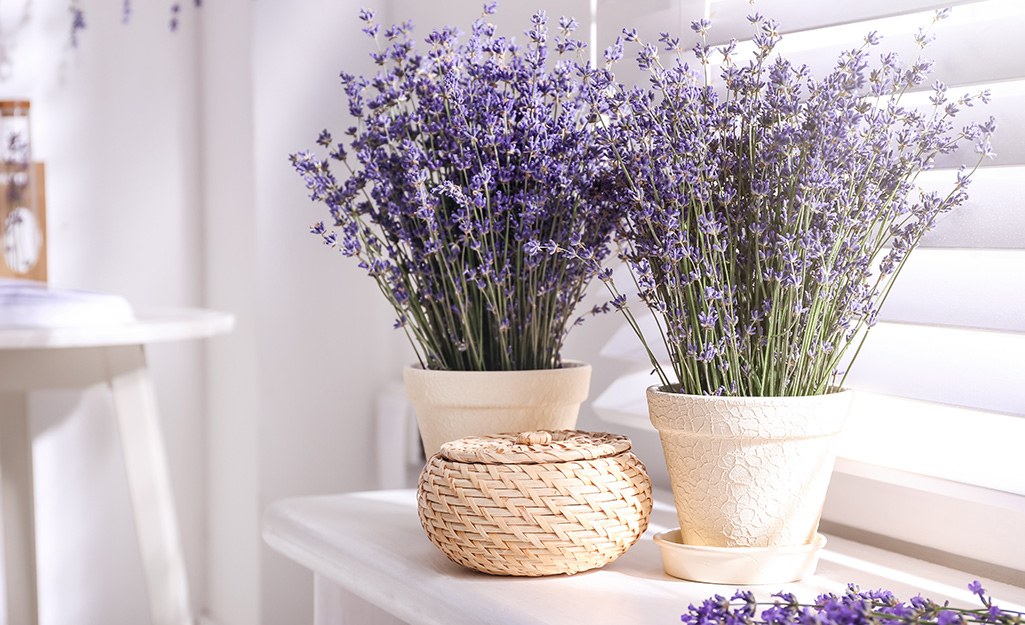
For success with lavender, pay attention to the soil. Lavender likes well-draining, alkaline soils. If your soil tends to clay, amend with plenty of organic compost. Do not over fertilize it, or it will lose its fragrant ability.
This plant prefers an alkaline pH from 6.7 to 7.3. If you think your soil is acidic, get a soil test from the Garden Center. Your local Cooperative Extension Service should also offer testing. Amend acidic soil with organic dolomite lime. This helps to “sweeten the soil” and attain the proper pH.
Create new lavender plants by propagation. Lavender doesn’t always grow true from seed. Propagation is a good way to make more plants. Take cuttings from lavender plants right after they bloom. Place in good quality potting mix to root.
Pests or diseases are not significant with lavender. As with most plants, pay attention in times of drought for stress. Or look for mildew in heavy rain spurts. Lavender is drought-tolerant, so it's better to underwater. If it’s in a container, you may be able to move it during rainstorms. It loves full sun when it can get it.
While the root system is long, it doesn't like the shade. Keep it away from shady areas and trees. Improved air circulation and a repotting will give lavender a boost.
In the garden, lavender makes an excellent companion plant. Roses and cabbage love being near it. Because of its color and aroma, deer avoid it. Therefore, lavender makes a great decoy in your vegetable beds.
How to Harvest Lavender
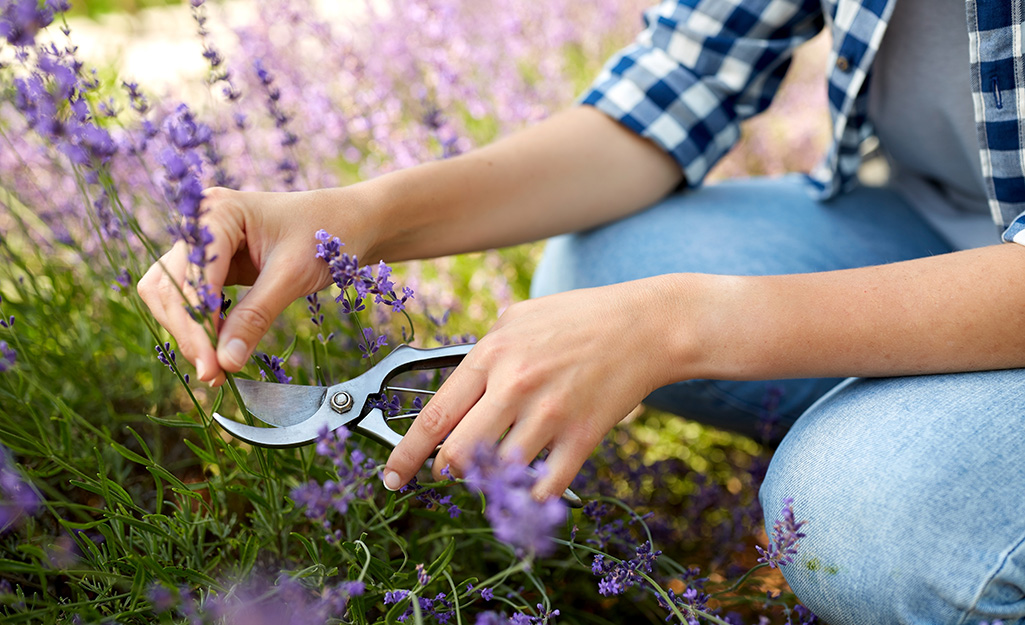
You can pick leaves and stems any time during the growing season. For the most colorful lavender, it'll be most intense before buds open. The fragrance increases as the flowers mature. In the heat of summer, start checking the lavender plants. Wait for the buds to plump up so that you’ll get as much fragrance as possible. You want to harvest the lavender just before the petals open up.
Harvesting steps:
- Harvest lavender early in the day.
- Grab the longer stems just like a ponytail.
- Cut with sharp scissors as close to the base as possible.
- Wrap a rubber band around the stems and hang upside down in a dark, dry place. Examples are a garage or attic.
- Leave them for a few days or up to a month.
Tip: Dried lavender will keep its fragrance for months. Stems will stay fresh in water for about a week. Dry or freeze the leaves for longer storage.
Purple blossoms, silvery foliage and a fresh fragrance make lavender a favorite in the herb garden. Looking for a gardening tool to complete your project? The Home Depot delivers online orders when and where you need them.

